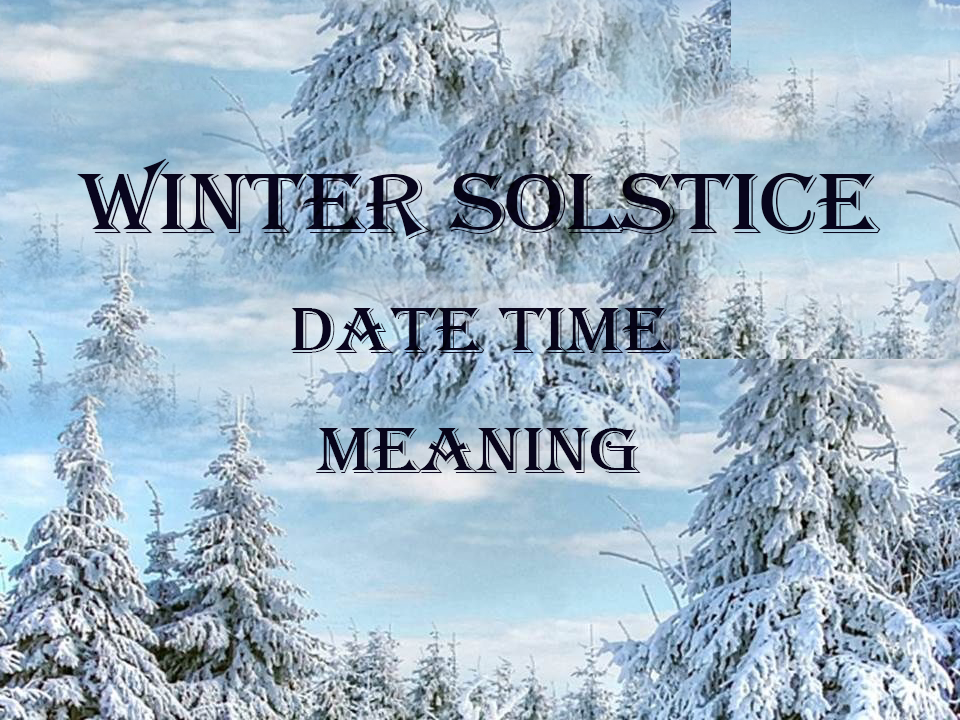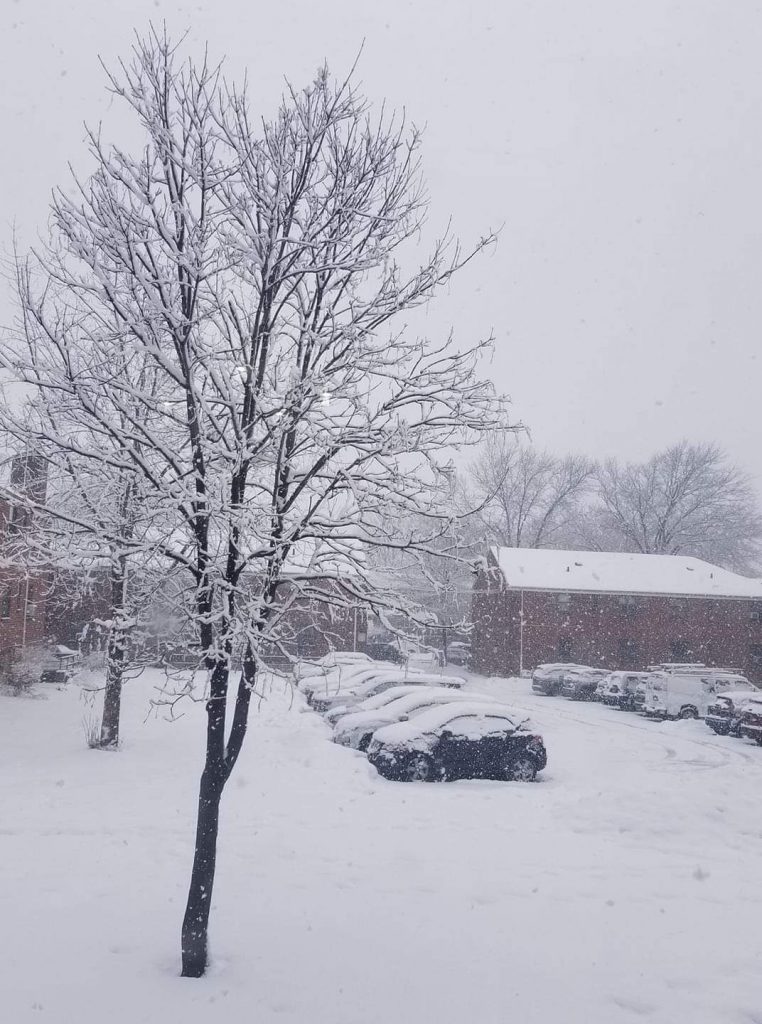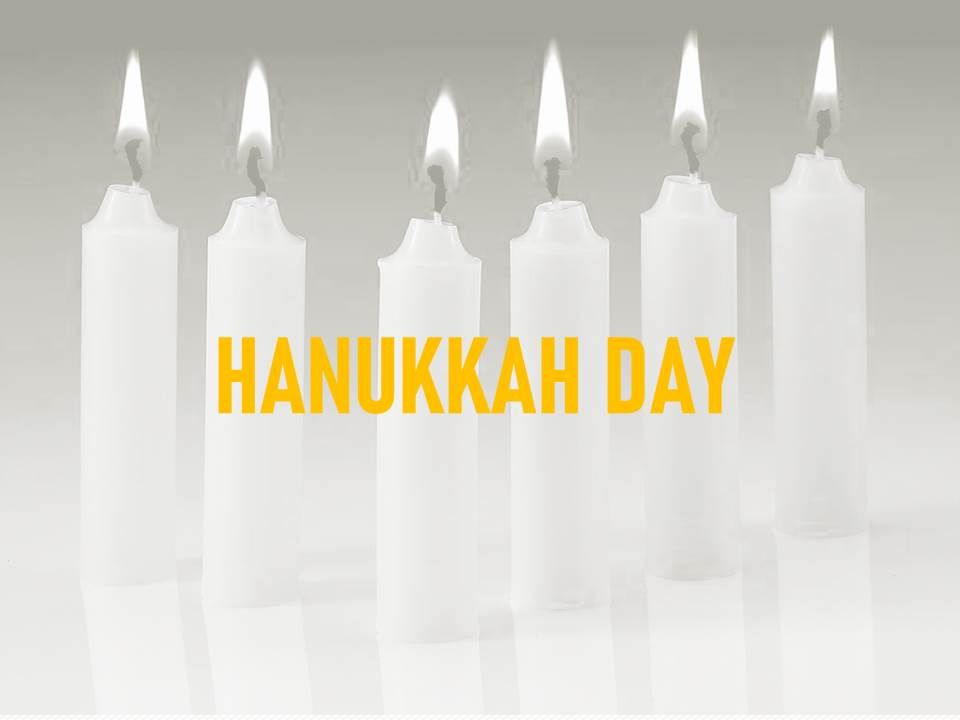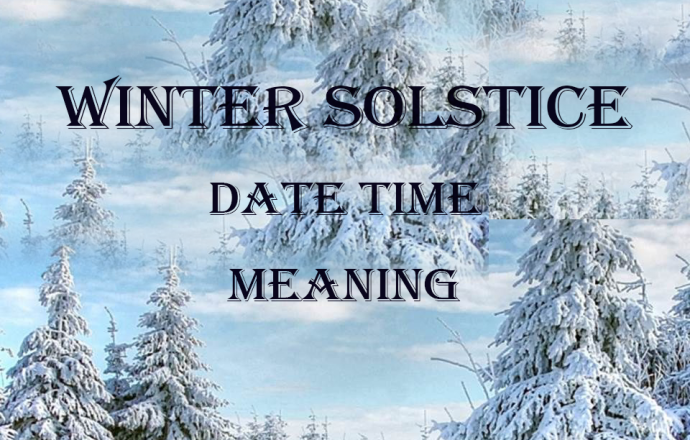Winter Solstice Traditions and Festivals
The date of Winter Solstice 2023 is 21st December 2023, Thursday at 10.27 PM EST time and on 22nd December, Friday 3.27 AM GMT time. Further in this post, you will find UTC Time as well. This largely observed astronomical phenomenon is also known as December Solstice which marks the shortest day and the longest night of the year. The Winter solstice happens in December for the Northern Hemisphere while in June for the Southern Hemisphere. 123nextfullmoon.com also offers date and time of the first day of summer, and spring equinox date.
After the occurrence of the winter solstice, the shift in the season takes place making the days get longer and nights shorter. This phenomenon brings a special moment of the year for some cultures which dates the back event to the Neolithic ages. Many cultural and mythological beliefs whirl around the December Solstice. We will bring you the exact dates and timings of the winter solstice 2023 worldwide in this post for the Northern Hemisphere.

December Solstice Calendar & Timings
Mostly the december solstice is observed on 21st or 22nd December every year. Most recently, the winter solstice was observed on 23rd December in 1903 and will not happen on the 23rd December till the year 2303. The rarest date for the December solstice happened in 2020 that was on 20th December 2020.
Here are the exact dates and time for Winter Solstice 2023:
- UTC – 22nd December 2023, Friday at 3.27 hours
- EST – 21st December 2023, Thursday at 22.27 hours
To know the exact date and time of this solstice in your region, convert the UTC into your time zone. Check the difference between the UTC and the time of your location.
What is Winter Solstice Definition Meaning
Winter Solstice is also known as hibernal solstice. This phenomenon happens twice in a single year but once in each hemisphere of the planet. Winter solstice occurs in the month of December in the Northern Hemisphere and in the June in the southern Hemisphere. It is the moment when the Sun in the sky is at its lowest elevation in the Northern Hemisphere. The poles of the planet are tilted maximum in a way that the distance between the north pole from the sun is maximum. This day occurs during the second half of the December month in Northern Hemisphere. The same phenomenon happens in the Southern Hemisphere on 21st or 22nd of June.
This results in the longest night and the shortest day of the year. This seasonal change of longer nights and shorter days lasts till spring equinox occurs in March. In March, the lenght of the day and night are of equal lenghts. It is also called vernal equinox or March equinox.

Difference Between Summer and Winter Solstice
On the day of the summer solstice, the poles of our planet are tilted to be at the closest to the Sun. Vice Versa, on the day of december solstice date, the poles are tilted at their maximum farthest from the sun. This also makes these days the shortest day of the year and the longest day of the year respectively.
In Northern Hemisphere, the day is the time when the Sun is the utmost in the south. It marks the first day of the winter and geographically the northern winter solstice is also known and tropic of Capricorn. However, the day is the shortest day of the year following fact that the length of the time duration elapsed between the sunrise and the sunset is the minimum.
Find the dates of next full moon 2024
Shortest Day of the Year: Northern and Southern Hemisphere
The day of the winter solstice is also the shortest day of the year. This is the day when the Earth receives minimum sunlight and hence the night is the longest and the day is the shortest. This happens in December or on the December solstice only in the Northern Hemisphere.
However in Southern Hemisphere, the shortest day of the year Australia happens on 21st June. The countries of the Southern Hemisphere are Australia, New Zealand, South Africa, Indonesia, Madagascar, Malawi, etc. 90% of South America also comes under the Southern Hemisphere. The major countries are Uruguay, Argentina, Paraguay, Peru, and Bolivia.
12 Days of Yule 2023
Yule is a famous feast that celebrates winter solstice in the Scandinavian countries. The Germanic Peoples or the North European Ethnic Groups celebrate this festival. The countries include Norway, Sweden, and Denmark. Many modern-day Christmas traditions share similarities with the ancient Yule traditions like Yule singing, ad Yule boar.
The first day of Yule 2023 is the 21st December 2023 as it is the winter solstice day. The celebration is said to be 12 days long and begins from 21st December to 1st January of the coming year. The paganism celebrates the rebirth of the Lord in the form of the Sun during these days. In olden days, celebrations and calendars were linked to the first days of the seasons and full moon 2023 days.
full moon 2024 date and time
When is the First Day of Hanukkah 2023
The first night of Hanukkah 2023 is on 7th December 2023, Thursday. And the same ends on the night of 15th December 2023, Friday. Hanukkah or Chanukah is a famous Jewish festival that is also known as the festival of lights. The main activity is the lighting of the candles for 8 nights and days. It has a great cultural significance and seen as an alternate festival of Christmas for Jewish people. The first Hanukka candle will be lit on the first day of Hanukkah and each additional candle will be lit on every night of Hanukka. The Hanukkah story is preserved in the First and the Second Maccabees that details the lighting of the menorah. The 8-day long festival is one of the major celebrates of the Jews.
The number of candles varies on each night of the festival. Many believe that the last night of Hanukkah 2023 sees maximum numbers of candles as they grow every day. There is a practice of putting the candle at the window or the outside of the door.

Winter Solstice Celebrations Traditions
Winter Solstice 2023 for Northern Hemisphere is the day of the year with the least hours of daylight. The December Solstice plays a significant part in the cultures across the world. In many parts of the world, this is also associated with the Christmas celebrations. Though Christmas is celebrated worldwide to mark the birth of Lord Jesus, it is also believed that the date was specially chosen for Christmas to counterbalance and to offset some pagan celebrations falling on the same dates in synchronization with the Winter Solstice. The ancient pagan believers celebrated the rebirth of the Sun God around the time of the December Solstice. Though it is lesser-known in the world, the Winter Solstice is also very significant in the Wiccan culture.
Moreover, it is a well-known fact that changes of seasons and astronomical phenomenon have always been celebrated in ancient times.
Interestingly, modern times also celebrate some festivals which coincide with the Winter Solstice. Countries like Poland, Guatemala and Pakistan hail different parts of the world but observe specific religious celebrations that fall around Winter solstice. The feast of St. Thomas day in Christianity is also observed on the 21st of December every year with great faith.
So was some detailing for Winter Solstice 2023 and the exact date and timings. We will also be updating on the Vernal Equinox and First day of summer 2024 and the first day of autumn 2024. The calculation of Winter Solstice is now done by astronomical data tracking and astronomically aligned instrument and is also possible by direct observation as the sun moves too slowly. Before inventions happened, many kinds of astronomical, ritualistic and traditional symbolic observations evolved in different cultures, some of which are still practiced while celebrating Winter Solstice or December Solstice.


Leave a comment